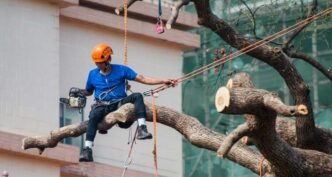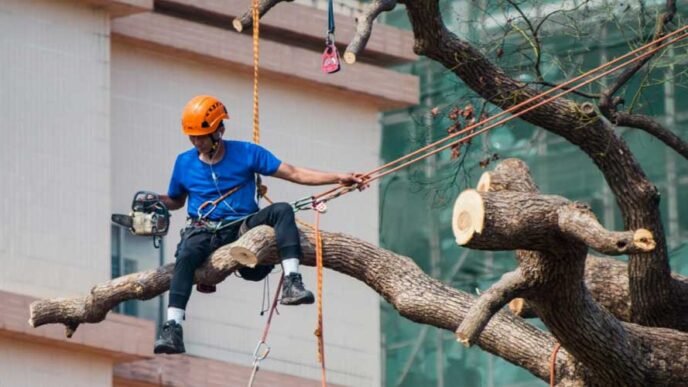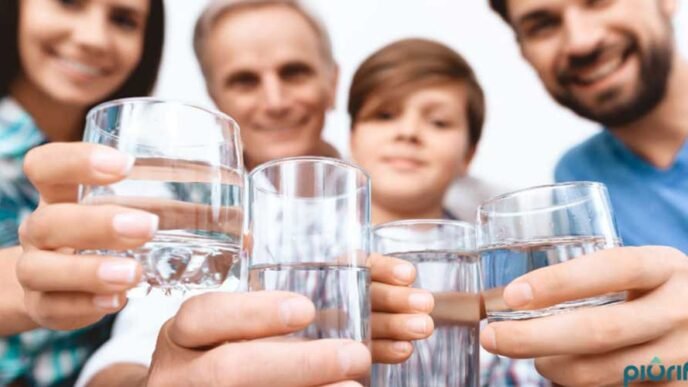In a world where emergencies can arise at any moment, the value of preparedness and swift response cannot be overstated. From natural disasters to everyday accidents, having well-equipped and trained individuals ready to respond can mean the difference between life and death. Organizations dedicated to saving lives rely heavily on the support and contributions of the community. These contributions are not just monetary; they encompass time, skills, and resources that collectively lead to lifesaving outcomes. This article explores how your contributions, whether you donate to Surf Life Saving Australia or engage in other supportive actions, play a crucial role in saving lives and enhancing community safety.
Financial Contributions: The Backbone of Lifesaving Services
Financial contributions are essential for the operational success of lifesaving organizations. Donations fund the purchase of critical equipment, training programs, and the day-to-day operations required to maintain a ready state of preparedness. For example, when you donate to Surf Life Saving Australia, your funds support a wide array of activities that directly contribute to lifesaving outcomes.
Equipment and Infrastructure
Lifesaving organizations require specialized equipment to perform their duties effectively. This includes rescue boats, jet skis, drones for surveillance, defibrillators, and other medical supplies. High-quality equipment ensures that lifeguards and rescuers can respond quickly and efficiently to emergencies, increasing the chances of a positive outcome. Your financial contributions help maintain and upgrade this essential gear, ensuring that rescuers are always prepared.
Training and Development
Equipping individuals with the necessary skills and knowledge is just as important as providing physical equipment. Donations fund comprehensive training programs that teach lifesaving techniques, first aid, and emergency response strategies. These programs ensure that volunteers and professionals are well-prepared to handle a variety of scenarios, from water rescues to medical emergencies. Continuous training and development keep skills sharp and up-to-date, which is vital for effective lifesaving.
Public Education and Awareness Campaigns
Educating the public about safety measures and risk prevention is a proactive approach to reducing emergencies. Lifesaving organizations run campaigns to teach people about water safety, CPR, and the importance of following safety guidelines. These educational efforts empower individuals to act responsibly and know what to do in an emergency, ultimately reducing the likelihood of incidents and improving overall safety.
Volunteering: The Heart of Lifesaving Efforts
Volunteers are the lifeblood of many lifesaving organizations. By giving their time and skills, volunteers significantly expand the reach and effectiveness of these organizations. The impact of volunteer efforts cannot be understated; they bring dedication, passion, and a personal touch to lifesaving services.
On-the-Ground Support
Volunteers often serve as lifeguards, patrolling beaches and waterways to ensure the safety of swimmers and surfers. Their presence is a deterrent to risky behavior and provides immediate assistance in case of an emergency. Volunteers also participate in search and rescue operations, disaster response, and community outreach programs. Their willingness to step into potentially dangerous situations to help others is a testament to the power of community spirit.
Training and Mentorship
Experienced volunteers play a crucial role in training new recruits. They share their knowledge and expertise, helping to build a skilled and confident team of lifesavers. Mentorship programs ensure that valuable skills and experiences are passed down, maintaining a high standard of lifesaving services.
Community Engagement
Volunteers engage with the community to raise awareness about safety issues and encourage proactive behaviors. They organize events, workshops, and safety demonstrations, fostering a culture of preparedness and mutual support. By building strong relationships within the community, volunteers help create a network of informed and vigilant individuals who can assist in emergencies.
In-Kind Contributions: Providing Essential Resources
In-kind contributions, such as donated goods and services, also play a vital role in supporting lifesaving organizations. These contributions provide essential resources that enhance the capacity and effectiveness of lifesaving efforts.
Donated Equipment and Supplies
Businesses and individuals often donate equipment and supplies, such as medical kits, protective gear, and communication devices. These in-kind donations supplement the financial resources of lifesaving organizations, allowing them to allocate funds to other critical areas.
Professional Services
Professionals from various fields can offer their expertise pro bono to support lifesaving efforts. For example, medical professionals can provide training in advanced first aid and emergency medical response. Legal experts can offer advice on regulatory compliance and liability issues. Marketing and communications professionals can help design effective public awareness campaigns. These services enhance the capabilities of lifesaving organizations and ensure they operate efficiently and effectively.
The Ripple Effect of Contributions
The impact of your contributions extends far beyond immediate lifesaving outcomes. They create a ripple effect that strengthens communities and builds a culture of safety and resilience.
Empowered Communities
By supporting lifesaving organizations, you empower communities to take charge of their safety. Public education and awareness campaigns lead to more informed and prepared individuals who can respond effectively in emergencies. Trained volunteers and well-equipped rescue teams provide a safety net, ensuring that help is always available when needed.
Long-Term Resilience
Your contributions help build long-term resilience by supporting ongoing training, equipment maintenance, and public education efforts. This sustained support ensures that lifesaving organizations can adapt to new challenges and continue to protect communities for years to come.
Inspiring Others
When you contribute to lifesaving efforts, you inspire others to get involved. Your actions demonstrate the importance of community support and encourage others to donate their time, money, and resources. This collective effort amplifies the impact of individual contributions, creating a powerful force for good.
How You Can Get Involved
There are many ways to support lifesaving efforts and contribute to lifesaving outcomes. Here are some steps you can take to make a difference:
Make a Donation
Financial contributions are always needed and greatly appreciated. Consider making a donation to Surf Life Saving Australia or other lifesaving organizations to support their critical work.
Volunteer Your Time
If you have the time and skills, consider volunteering with a lifesaving organization. Whether as a lifeguard, trainer, or community outreach volunteer, your efforts can make a significant impact.
Donate Goods and Services
If you have equipment or professional expertise that could benefit a lifesaving organization, consider making an in-kind contribution. Your donation could provide essential resources that enhance lifesaving efforts.
Raise Awareness
Spread the word about the importance of lifesaving efforts and encourage others to get involved. Share information about lifesaving organizations and their work on social media, participate in community events, and engage with your local community.
Final Thoughts
Your contributions, whether financial, in-kind, or through volunteering, play a crucial role in supporting lifesaving outcomes. By providing essential resources, training, and public education, you help ensure that lifesaving organizations can continue their vital work. The ripple effect of your support strengthens communities, builds resilience, and inspires others to get involved. Together, we can make a significant difference and save lives, one contribution at a time. So, join the cause, get involved, and help create a safer and more resilient world for everyone.












